Many skills are needed if the rabbit production unit is to succeed. Observation, examination, record keeping, hutch design, building and siting, food identification, selection, production and storage, good management, etc. are all part of the skills needed for a successful operation.
1. Observation of Rabbits
This means not only looking but bearing in mind. It is an important ability for all animal keepers. It depends on the rabbit keeper having real curiosity and compassion for the rabbits.
It is a talent that comes with practice but can be developed with the help of questions to be used each time you visit the rabbit unit.
Questions like is everything the same as the last time I came? Are the hutches as normal? Is there any food left? Are there any signs of blood? Is the fence wire coming loose? Is there lots of hair in the hutch, suggesting molting?
These questions are only a guide you may ask yourself as many questions as you can with the aim of identifying any anomaly or problems.
2. Rabbit Examination
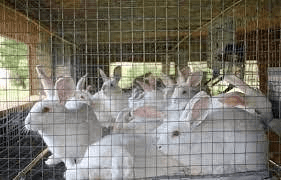
Rabbit examination is required after a new rabbit is being bought or rabbits are being checked prior to selection for breeding. Examine the following:
Does it look healthy? Is its head on one side? Is it isolating itself from the other rabbits? Are there scabs on the skin? Are the nostrils clear or running with other fluid?
Are the hard feces normal? Are there any sores in the ears? Is the gait normal? How is the weight compared with the age?
Read Also: Rabbit Health and Diseases and How to Minimize Major Stresses
3. Rabbit Weighing
This is done to check on their growth and their general condition. Rabbits can be weight by two methods: either by the use of a pan-scale or a spring balance as shown in the image below;
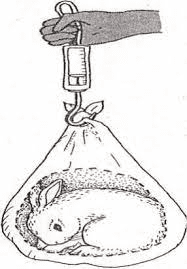
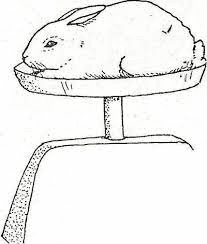
4. Rabbit Nail trimming
Rabbit’s nails need to b trimmed from time to time because rabbits in hutches do not wear down the nails on their feet by burrowing or running about.
The nails can scratch the keeper and can injure the rabbit too. A pair of sharp scissors or human nail clipper can be used to trim the nails as shown in the images below;
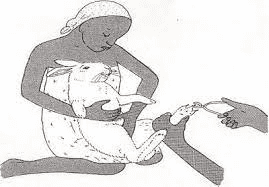
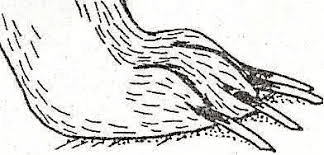
Read Also: Importance of a Sick Bay in a Ruminant House
5. Rabbit Identification
This is a way and means of recognizing one’s animals (rabbits) and differentiating between one’s animals (rabbits) from another farmer’s own and differentiating between individual animals (rabbits). There are several methods employed to achieve this like;
- Writing in the ear Labels
- Ear-notching Writing in the ear
For rabbits that have light-colored skin in its ear, a colored or indelible pen can be used to write a number inside the ear. This will last a week and will have to be renewed regularly.
6. Rabbit Labels
With care labels or legs, bands can be fitted around the back leg of a rabbit for identification.
These labels are hand-made from plastic. Care should be taken to avoid injury or cutting the leg.
a. Ear-notching
This means clipping little pieces out of the rabbit’s ears at different places, to indicate different numbers.
One such code is shown in fig.5.4 ear–notching is a permanent and effective method but requires a special notching instrument a livestock officer will assist the rabbit keeper.
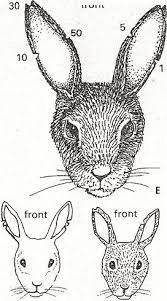
Read Also: Rabbits Hutch Equipment and Requirements
In conclusion, skills needed for a successful rabbit operation, therefore, include observation, examination, record keeping, hutch design, building and siting, food identification, selection, production and storage, and good management.
Observation is a skill that comes with practice but can be developed with the help of questions to be used each time you visit the rabbit unit.
Rabbit examination is required after a new rabbit is being bought or rabbits are being checked prior to selection for breeding.
Weighing is done to check on their growth and their general condition. Nail trimming, rabbits’ nails need to be trimmed from time to time.
Identification: This is a way and means of recognizing one’s animals (rabbits) and differentiating between one’s animals (rabbits) from another farmer’s own and differentiating between individual animals (rabbits). There are several methods employed to achieve this. Writing in the ear, Labels, Ear-notching.
Record keeping and analysis: It is necessary to keep records as the number increases. Two types of records are required. Financial records and Animal records.
Read Also: What Are The Benefits Of A Career In Agriculture?
